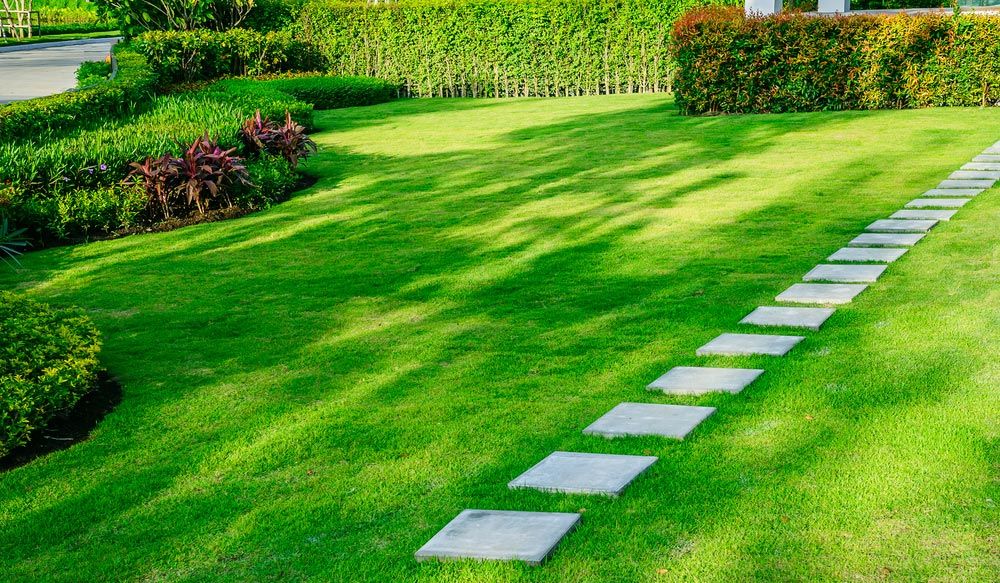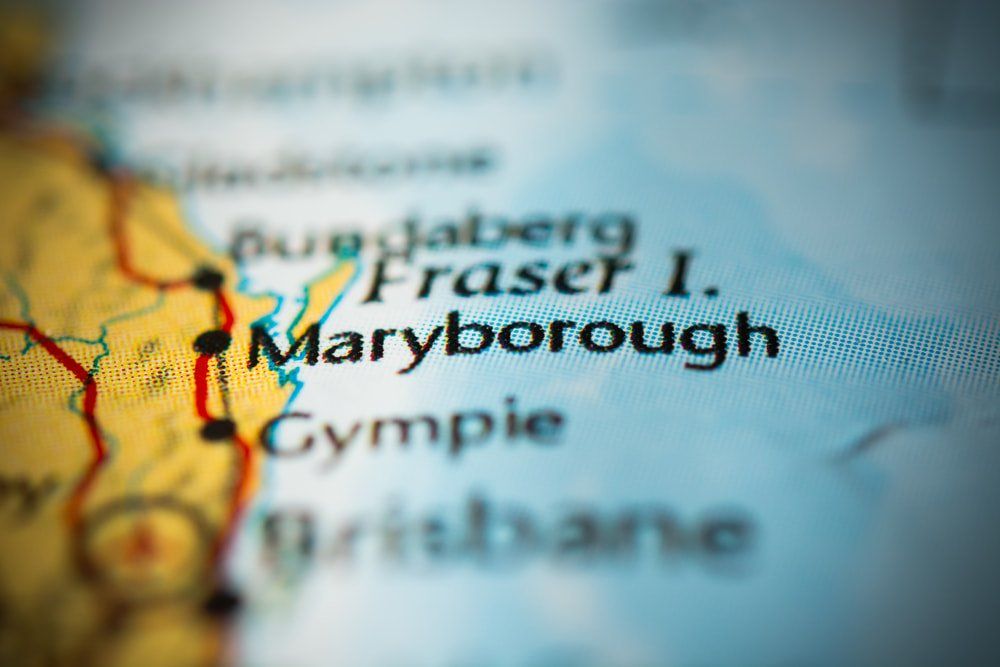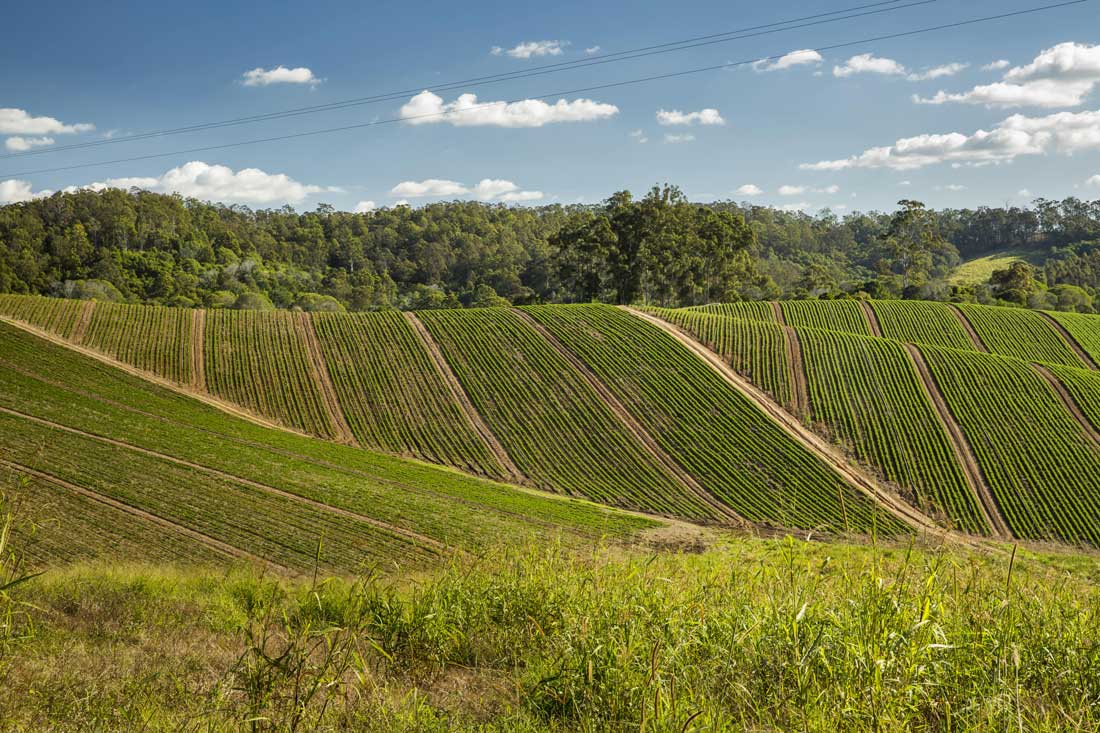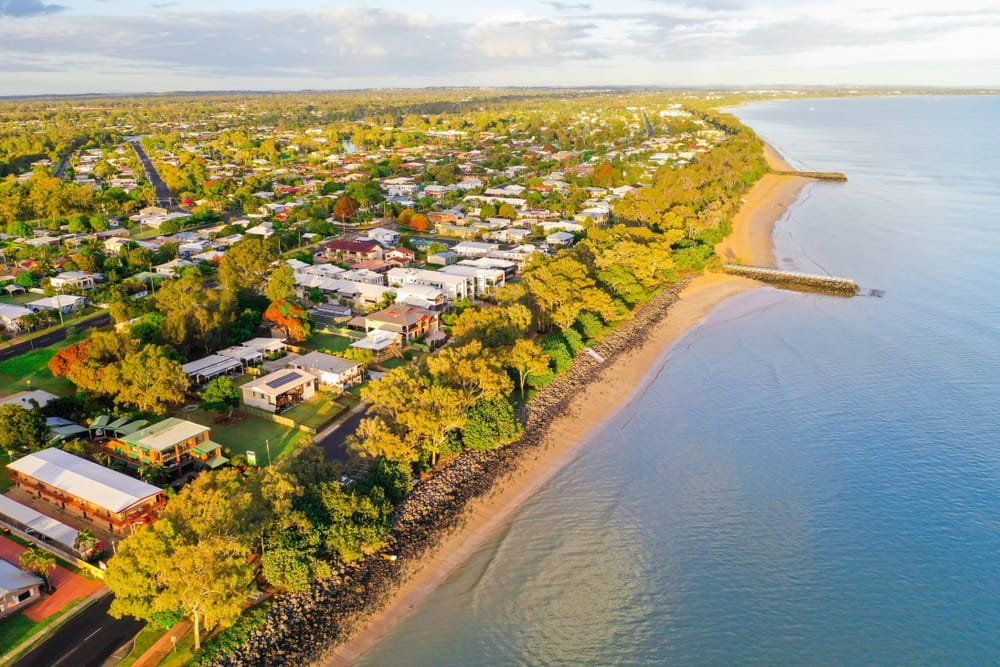Lawn Care
Keeping Your Turf Healthy
To become well-established, beautiful turf, your new grass needs to stay hydrated. At Wide Bay Turf, we recommend regular watering throughout the first two weeks to encourage new roots to grow deeply. A good soak is better than many light sprinklings, which can lead to short root growth and an unthrifty lawn. If you follow our lawn care tips you should have new roots emerging by the fourth day after your turf is laid.
Based in
Maryborough, we
deliver turf throughout the Fraser Coast, travelling everywhere from
Bundaberg to Gladstone,
Gympie and
Hervey Bay. Water is one of the most critical aspects for a healthy new lawn, but make sure to check for water restrictions with your local council before you set your sprinklers up.
Fertilising, Mowing & Herbicide
At Wide Bay Turf, we recommend using a balanced NPK fertiliser, applied at the start of spring, mid-summer and at the end of autumn. The nitrogen in the product will improve leaf growth and keep your lawn green, while phosphorous enhances root development.
Begin mowing your lawn around two to three weeks after laying the turf, once you can no longer pull any pieces up. We recommend mowing Wintergreen Couch when it’s around 20 to 25mm. Never chop off more than a third of the total grass height, but do mow regularly to encourage thick, healthy lawn.
Protect your turf from lawn grubs by spraying with a registered ‘grub killer’. Lawn grubs are prevalent in the warmer months and also during the wet season, and they will damage the turf. For more information, talk to our friendly staff on (07) 4121 2099.
How to Care for Your Lawn?
A well-maintained lawn is vital if you want your garden to stay looking lush and welcoming all year round. If you choose to go it alone, you’ll need to remember to hydrate and preen your lawn regularly. For those who need a helping hand, we at
Wide Bay Turf are on hand to deliver a comprehensive range of services to promote healthy lawn growth. These include:
1. Weeding
Weeds aren’t just unsightly – many of them have ungainly leaves that can smother your lawn and inhibit healthy grass growth. To make matters worse, they can spread super quickly if you’re not careful and fail to keep up with your regular gardening schedule.
Fortunately, most weeds are easy to lift and remove using everyday gardening tools. To start, we recommend raking the lawn to remove large weeds. We generally try to avoid chemical weeding products, as these can harm the surrounding environment and could negatively impact your lawn in the long term.
2. Feeding And Fertilising
Feeding and fertilising your lawn is essential if you want it to look as lush and green as possible. If you have a large lawn, we recommend investing in a wheeled lawn feeder to ensure you don’t miss any spots and to speed up the job.
It’s also a good idea to apply fertiliser when there’s likely to be rain (if possible). This will ensure that the fertiliser is able to penetrate down to the roots of the grass and prevent it from damaging the grass blades. Generally speaking, organic fertiliser represents a better option than synthetic fertiliser, as it will protect your garden’s ecosystem.
3. Water Your Lawn
Obviously, your lawn needs water to survive. However, you should be careful to avoid overwatering a young lawn, as this could harm the roots and lead to problems later down the line. If your lawn has enjoyed plenty of rain recently, you may not need to add too much water. Just try to set your sprinkler to a weather-appropriate setting and avoid wasting water through overwatering.
4. Mow Your Lawn
It is best to mow your lawn at least once every week during warmer months and every fortnight during autumn and winter. Regular trimming ensures that your grass stays healthy and minimises weed growth. For premium results, you must also ensure that your mower is well-maintained and that blades are kept sharp.
5. Edging Your Lawn
Edging your lawn is an important step in maintaining the clean, crisp lines of your landscape. It involves using a tool such as a garden edger or a spade to create a defined edge between your lawn and garden beds, sidewalks or other hard surfaces. The frequency of edging your lawn will depend on a few factors such as the type of grass you have, the time of year and the overall condition of your lawn. In general, it is a good idea to edge your lawn at least once a month during the growing season to keep it looking neat and tidy. If you have a very fast-growing grass or live in an area with heavy foot traffic, you may need to edge your lawn more frequently.
6. Aerating Your Lawn
Lawn aeration helps keep your lawn healthy and vibrant by alleviating compaction, which is when the soil becomes densely packed. Aerating introduces channels for water, air and nutrients to penetrate down into root zones of grass so roots can drink up! You have a few options available for how you choose to aerate your lawn: manually with plugging or spike tools; motorised with an electric corer/plugger; or liquid methods that involve inserting fertiliser deep into the soil—and it's important to decide what works best according to the size of your yard and type of turf. It's suggested every 1-3 years depending on usage levels and overall condition.
FAQs
-
How do I care for my lawn in different seasons in a warmer climate?
In the summer, be sure to water your grass at least every 7-10 days and mow regularly. A fast-release fertiliser can help promote lush growth and colour. In autumn, reduce your mowing frequency but don't forget to edge weekly and remove fallen leaves to prevent unsightly patches. Use a slow-release fertiliser according to your grass type. In the winter, be sure to clear debris from your lawn so it gets plenty of sun and air. A low nitrogen slow-release fertiliser can help during these cooler months. When spring arrives, aerate your lawn to alleviate compaction and encourage new growth, then use a low nitrogen slow-release fertiliser as part of your routine maintenance schedule. With these tips, your lawn will stay healthy and beautiful all year round.
-
My lawn is dying—can I save it?
Are you struggling to get your lawn back to its former glory? Don't worry, we can help! The first step is to identify the cause of your grass's decline. From there, we can suggest steps like watering your lawn, applying fertiliser, removing dead grass and starting over with new seed or sod. A fertiliser with a balanced ratio of nitrogen, phosphorus and potassium can help nourish your grass and promote new growth. While it may take some time and effort, with the right care and professional help, it is possible to revitalise your lawn and achieve healthy, lush grass.
-
How does a perfect lawn add property value?
Did you know that a beautiful lawn can increase the value of your property? A well-maintained lawn adds curb appeal, which is an important factor in the perceived value of a home. Not only does a healthy, green lawn look great, but it also shows that you take good care of your property. Plus, a functional and attractive lawn provides a space for outdoor activities and recreation, which can be a major selling point for potential buyers or renters. In short, a perfect lawn is a valuable asset for any property, both aesthetically and financially.
-
How can I repair bare patches in my lawn?
Repairing bare patches in your lawn involves a few steps. First, remove any dead grass or debris from the affected area, ensuring you have a clean surface to work with. Loosen the soil with a rake to create a suitable bed for new grass seeds. Apply a quality lawn seed mix designed for your region and lightly cover it with a thin layer of soil. Water the area thoroughly and keep it consistently moist until the new grass is established. For best results, consider adding a layer of mulch to retain moisture and protect the seeds from birds. Regular mowing and fertilisation will help the new grass blend seamlessly with the rest of your lawn. Our team is here to provide professional advice for lawn care in Hervey Bay.
-
What should I do if my lawn is turning yellow?
If your lawn is turning yellow, it could be due to several factors, such as nutrient deficiencies, overwatering or pests. To ensure proper lawn care, check your watering habits, as overwatering and underwatering can lead to yellowing. Ensure your lawn is receiving about one inch of water per week, either from rainfall or irrigation. Next, consider a soil test to determine if your lawn lacks essential nutrients. Apply a balanced lawn fertiliser according to the test results. Additionally, inspect your lawn for signs of pests or diseases. Regular aeration and proper mowing practices can also help maintain a vibrant, green lawn.
-
Can I lay new turf over my existing lawn?
Laying new turf over an existing lawn is not recommended for optimal results. This practice can lead to poor root establishment and potential problems with weeds and diseases. Instead, remove the old grass by digging or using a sod cutter. Once the old lawn is removed, prepare the soil by tilling and levelling it, then add a layer of topsoil if necessary. This creates a healthy, well-draining bed for the new turf. Lay the new turf carefully, ensuring each piece is tightly fitted to avoid gaps. For cost-effective site preparation or more lawn care tips, contact us today!

Company
Turf Varieties
Area We Service
Operating Hours
- Monday
- -
- Tuesday
- -
- Wednesday
- -
- Thursday
- -
- Friday
- -
- Saturday
- Closed
- Sunday
- Closed
Get in Touch
ABN 48 518 120 855



















